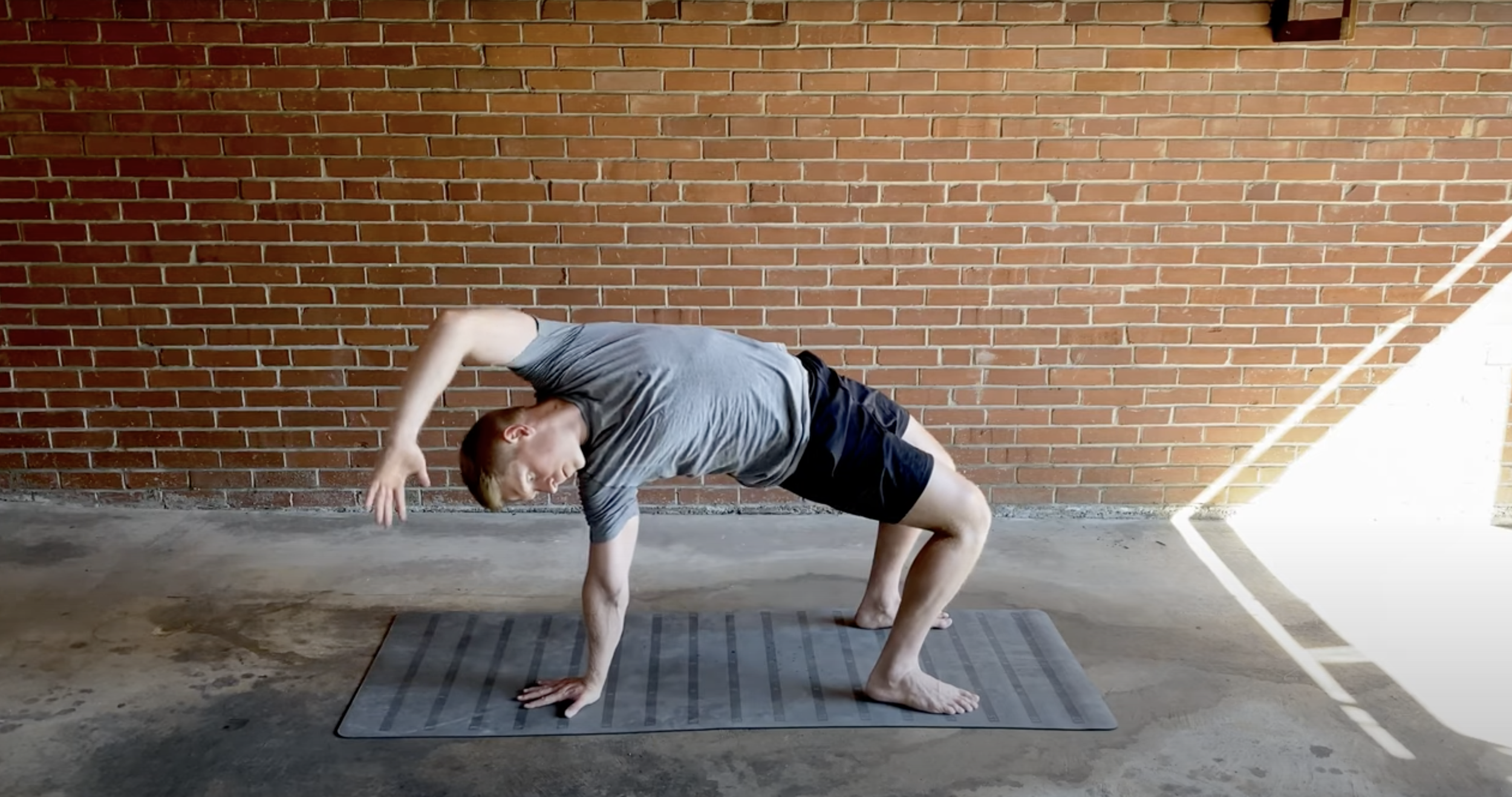What is SMR stretching in Fitness? A Guide to Self-Myofascial Release
/Foam rolling, a form of Self Myofascial Release (SMR), is an effective way to relieve muscle tension, break up adhesions, and improve mobility. By using a foam roller or similar tool, you can manually massage the fascia around your muscles, helping to reduce trigger points and prevent injury. Foam rolling complements your warm-up and cool-down routines, ensuring better muscle recovery and performance. Whether you're new to SMR or looking to enhance your fitness routine, foam rolling is an affordable, easy-to-learn technique for improving overall muscle function. Want to get started with SMR? Read the full article.
Read More

